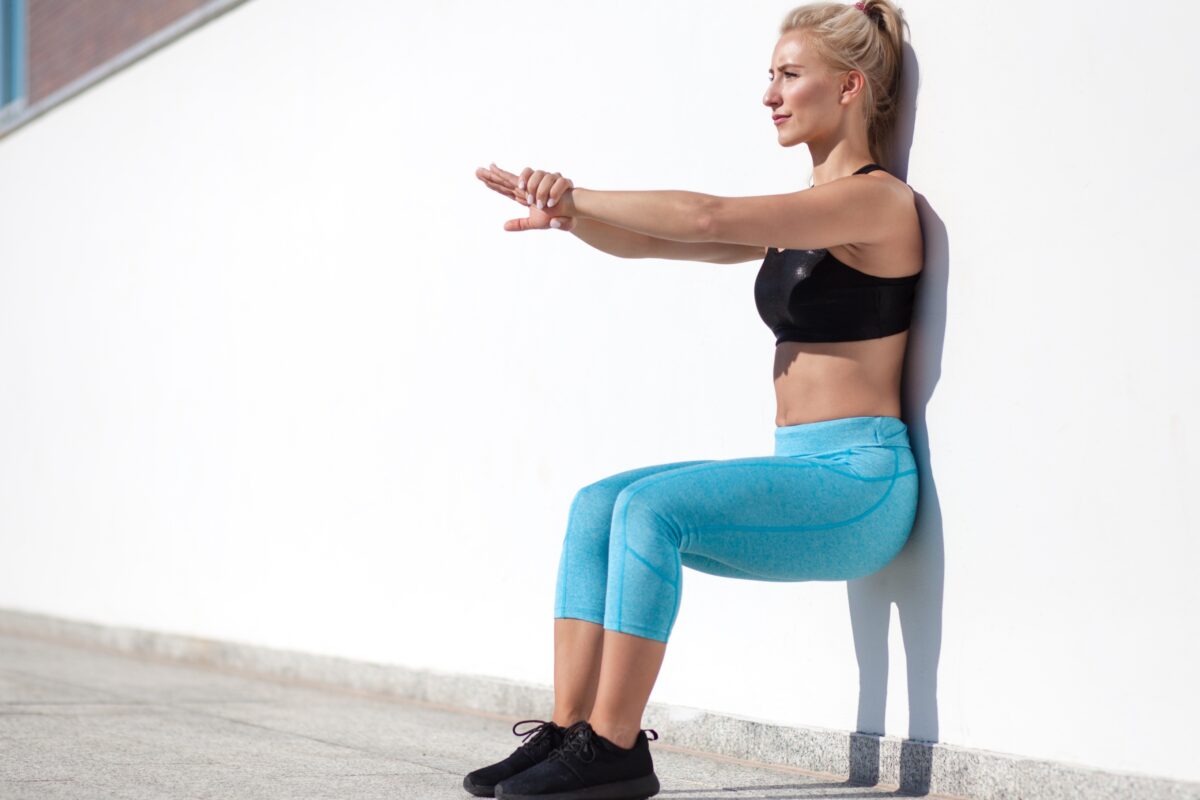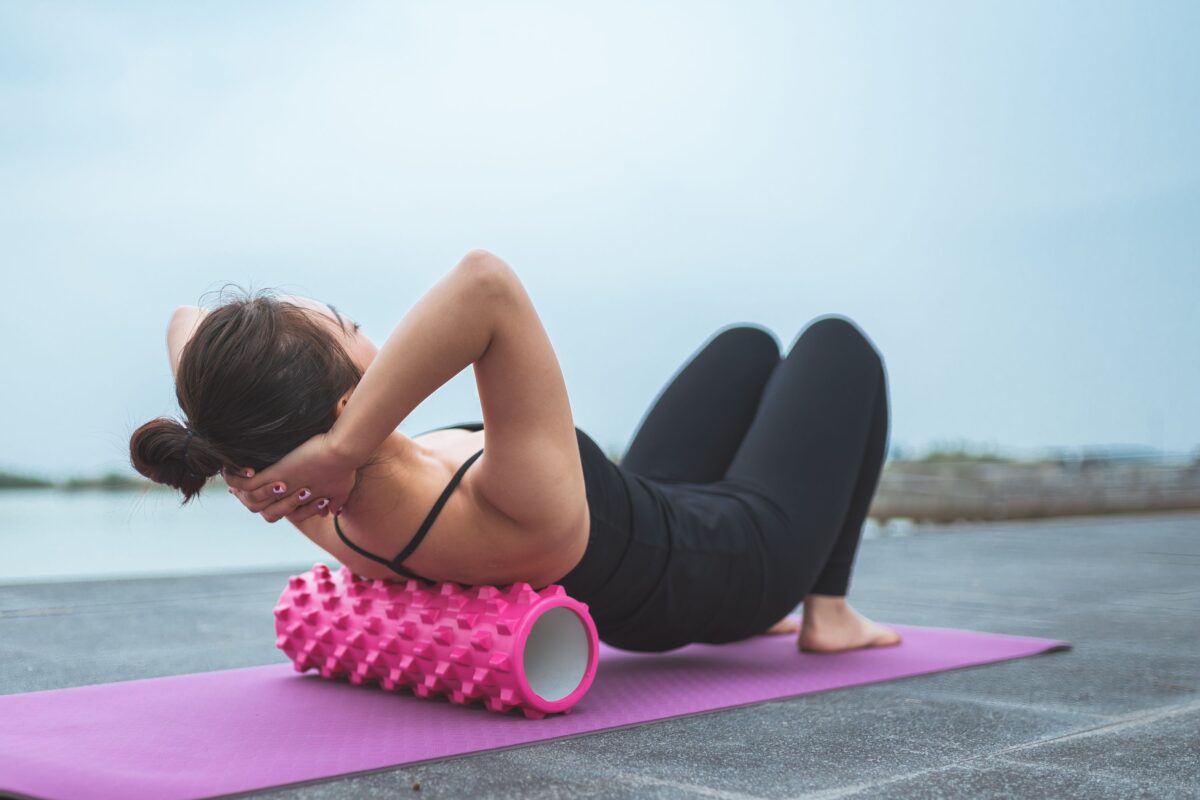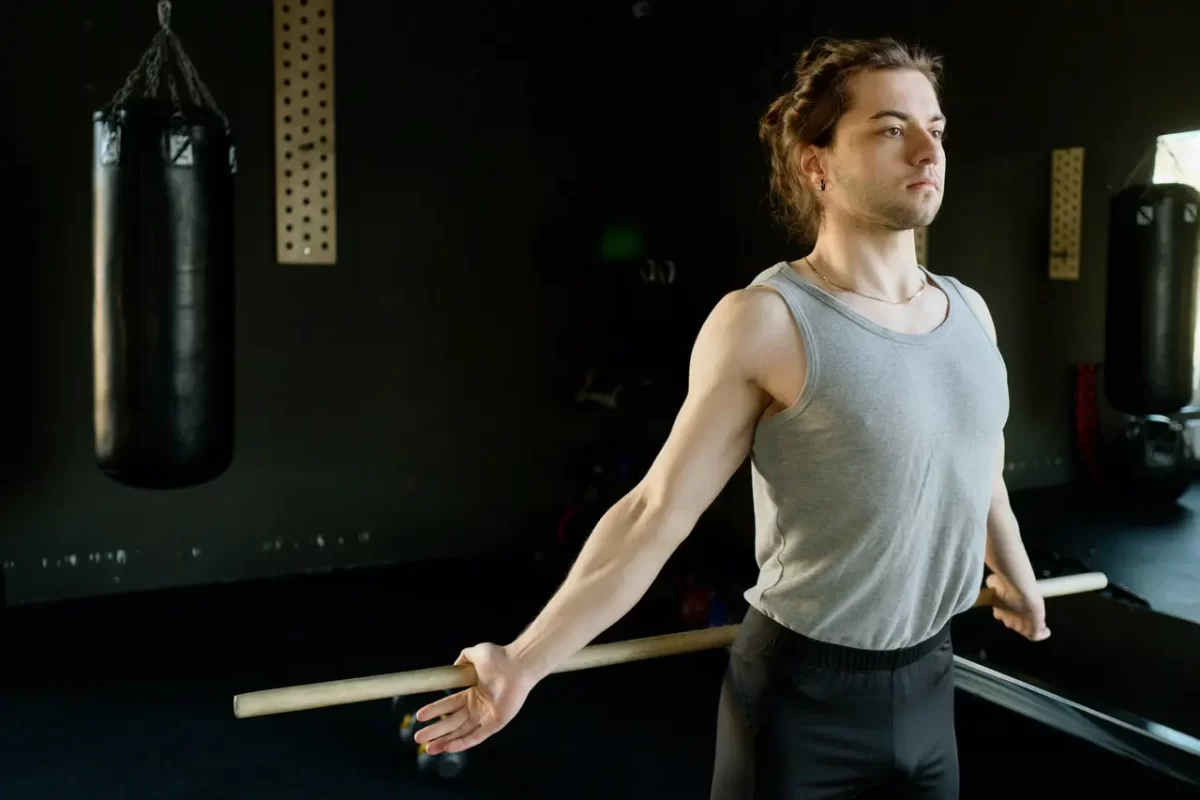The shoulder joint is one of the most complex and mobile joints in the body, allowing us to perform various movements, including reaching, lifting, and throwing. However, due to its complexity, the shoulder is also prone to injuries and mobility issues. Shoulder mobility exercises are an effective way to improve the range of motion and function of the shoulder joint. In this blog post, we will discuss some effective shoulder mobility exercises that physiotherapists in Ottawa often prescribe to their patients.
What Causes Shoulder Mobility Issues? Shoulder mobility issues can occur due to a variety of factors, including:
- Injuries, such as rotator cuff tears, labral tears, and dislocations
- Poor posture and alignment
- Aging and degeneration
- Frozen shoulder (adhesive capsulitis)
- Overuse and repetitive strain
Physiotherapy exercises can help address these issues by targeting the specific muscles, tendons, and ligaments involved in shoulder movement.
Shoulder Mobility Exercises:
- Shoulder Circles: This exercise involves standing or sitting with your arms by your sides and slowly circling your shoulders forward and backward. This helps improve mobility in all directions and can be performed with or without weights.
- Wall Slides: Stand with your back against a wall and your arms bent at 90-degree angles, palms facing forward. Slowly slide your arms up the wall as far as you can while keeping your elbows and wrists in contact with the wall. This exercise targets the muscles that control shoulder blade movement and helps improve mobility in the upper back and shoulders.
- Shoulder Extensions: Stand with your arms at your sides, palms facing backward. Slowly lift your arms backward as far as you can, squeezing your shoulder blades together as you do so. This exercise targets the muscles in the back of the shoulder and helps improve mobility in shoulder extension.
- Shoulder Internal Rotation: Lie on your side with your affected shoulder on top, elbow bent at a 90-degree angle, and forearm resting on your abdomen. Slowly rotate your arm inward, keeping your elbow against your side. This exercise targets the muscles responsible for internal rotation and helps improve mobility in this direction.
- Shoulder External Rotation: Lie on your side with your affected shoulder on the bottom, elbow bent at a 90-degree angle, and forearm resting on your abdomen. Slowly rotate your arm outward, keeping your elbow against your side. This exercise targets the muscles responsible for external rotation and helps improve mobility in this direction.
Why Choose Physiotherapy in Ottawa: Physiotherapy is a safe and effective way to address shoulder mobility issues. Physiotherapists in Ottawa are skilled healthcare professionals who can assess your condition and design a customized treatment plan that includes specific exercises to address your individual needs. In addition to exercises, physiotherapy may also include manual therapy, modalities such as heat or ice, and education on proper posture and ergonomics.
Shoulder mobility issues can significantly impact your quality of life, limiting your ability to perform everyday activities. However, with the right physiotherapy exercises and guidance from a trained professional in Ottawa, you can improve your shoulder mobility and restore function. Consult a physiotherapist today to learn more about how you can incorporate shoulder mobility exercises into your treatment plan and achieve optimal shoulder health.





